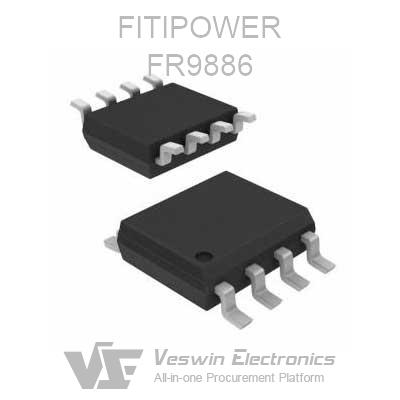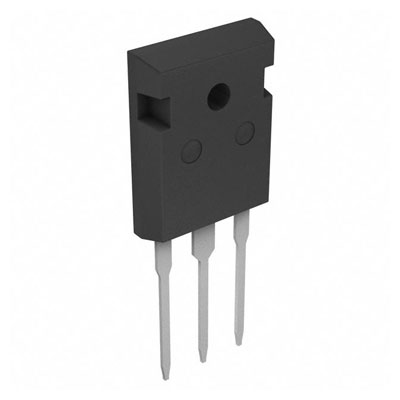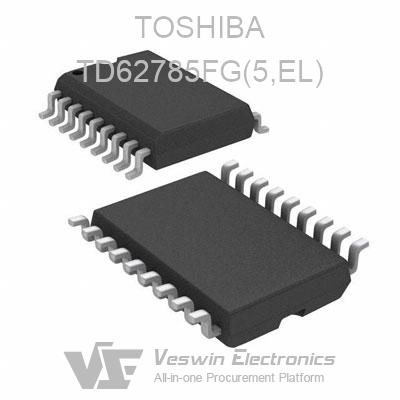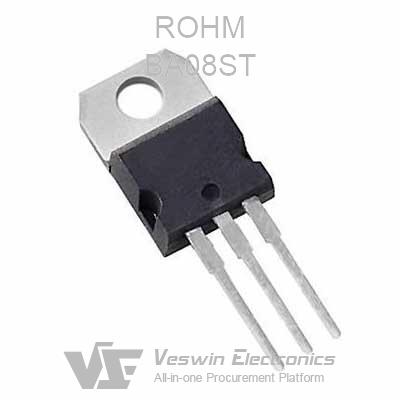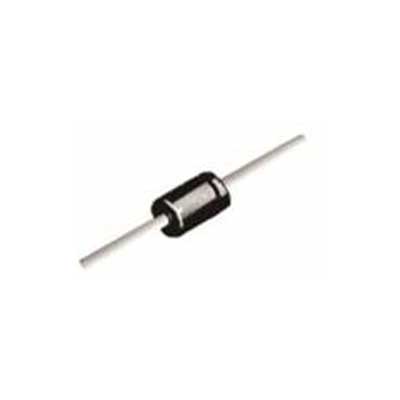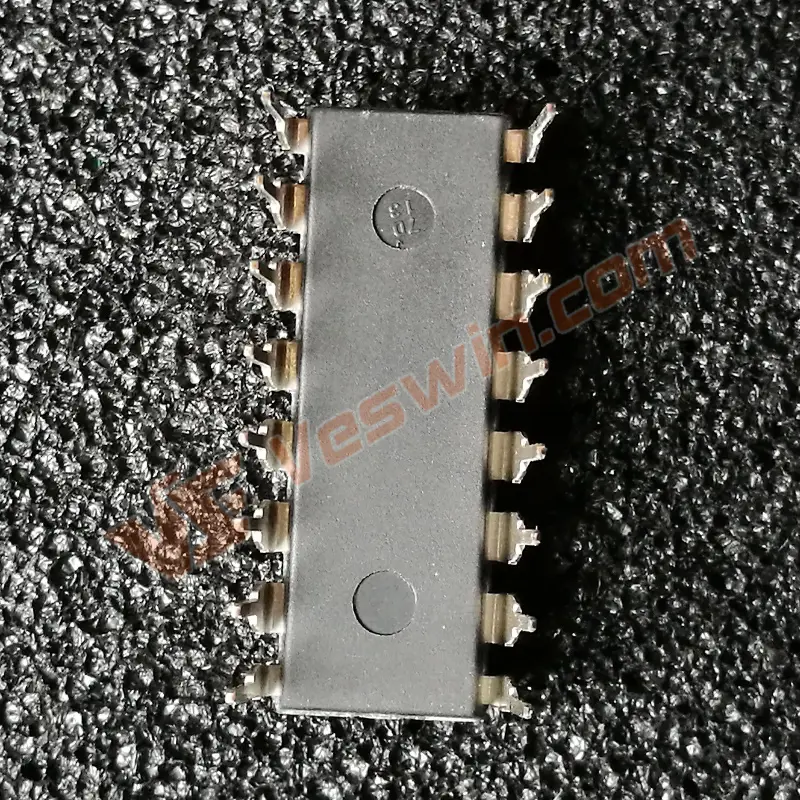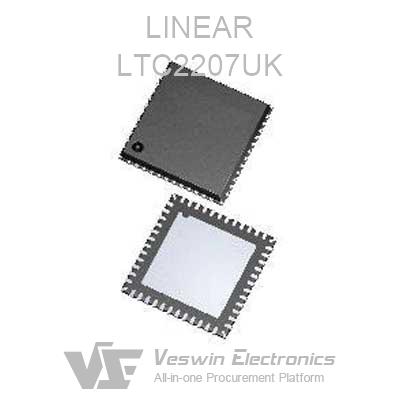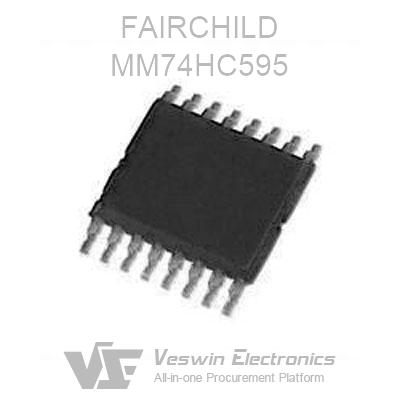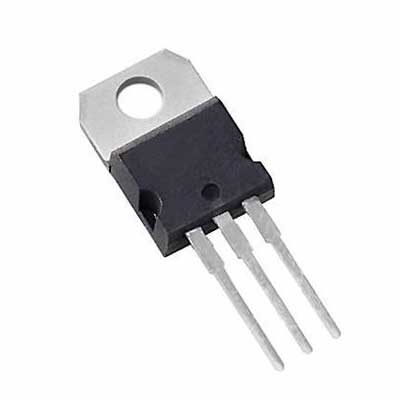Microcontrollers and Field-Programmable Gate Arrays (FPGAs) share some similarities, but they also have notable differences. Both are integrated circuits used in embedded devices and products, but their capabilities differ.
Both can perform specific functions through programming. FPGA users can program their hardware immediately after manufacturing, while microcontrollers allow for higher-level customization. Additionally, microcontrollers can read one line of code at a time, whereas FPGAs process inputs in parallel.
FPGAs are significantly more challenging to program and expensive due to their support for advanced customization. On the other hand, microcontrollers are easier to customize and cost-effective. Understanding their differences will help you determine what suits your project. Read on for a deeper exploration of their distinctions and similarities.
Catalog:
Basic Components Inside a Microcontroller
Advantages and Disadvantages of Microcontroller
What Is a Field Programmable Grid Array?
Basic Components Inside a Field Programmable Grid Array
Advantages and Disadvantages of Field Programmable Grid Array
FPGA Vs Microcontroller: How They’re Different
Performance and Processing Power
Flexibility and Customizability
Development Time and Complexity
Power Consumption and Energy Efficiency
FAQ:
Can FPGA replace a microcontroller?
Is FPGA faster than a microcontroller?
What are the advantages of an FPGA over a microcontroller?
Which language is best for FPGA?
A microcontroller is a single-chip microcomputer that integrates the main parts of a microcomputer on one chip. The microcontroller was born in the middle of the 1970s. After more than 20 years of development, its cost has become lower and lower, and its performance has become more powerful, which makes its applications everywhere and in various fields. Examples include motor control, barcode readers/scanners, consumer electronics, gaming equipment, telephones, HVAC, building security and access control, industrial control and automation, and white goods (washing machines, microwave ovens), etc.
Microcontrollers are composed of a central processing unit (CPU), non-volatile memory, volatile memory, peripheral devices, and supporting circuits.
Central Processing Unit (CPU)
The CPU executes arithmetic operations, manages data flow, and generates control signals based on the instruction sequence written by programmers. The intricate circuits required for CPU functionality are not visible to design engineers. In practice, writing code for microcontrollers is generally a relatively simple task, thanks to integrated development environments and high-level languages such as C.
Memory
Non-volatile memory stores the microcontroller's program, typically a lengthy list of machine language instructions that instruct the CPU on specific operations. You might often encounter the term "Flash" (referring to a specific form of non-volatile data storage) instead of "non-volatile memory."
Volatile memory (i.e., RAM) is used for temporary data storage. When the microcontroller loses power, this data is lost. Internal registers also provide temporary data storage, but we do not consider them separate functional blocks as they are integrated within the CPU.
Peripheral Devices
We use the term "peripheral devices" to describe hardware modules that help the microcontroller interact with external systems. The following points outline various peripheral devices and provide examples:
Data Converters: Analog-to-Digital Converters (ADCs), Digital-to-Analog Converters (DACs), reference voltage generators.
Clock Generation: Internal oscillators, crystal driver circuits, phase-locked loops (PLLs).
Timing: General-purpose timers, real-time clocks (RTCs), external event counters, pulse-width modulation (PWM).
Analog Signal Processing: Operational amplifiers, analog comparators.
Input/Output: General-purpose digital input and output circuits, parallel memory interfaces.
Serial Communication: UART, SPI, I2C, USB.
Supporting Circuits
Microcontrollers include various functional blocks that cannot be classified as peripheral devices because their primary purpose is not control, monitoring, or communication with external components. However, they are crucial as they support internal operations, simplify implementations, and enhance the development process.
Debugging circuits allow design engineers to closely monitor the microcontroller's execution of instructions. This is an essential method for tracking errors and optimizing firmware performance, sometimes indispensable.
Interrupts are a valuable aspect of microcontroller functionality. Interrupts are generated by hardware-based events, either external or internal, that allow the processor to immediately respond by executing a specific set of instructions.
If the clock generation module is intended to generate signals used outside the chip, it could be considered a peripheral device. However, in many cases, the primary purpose of the microcontroller's internal oscillator is to provide clock signals to the CPU and peripheral devices. Internal oscillators often have low accuracy, but they are a convenient and efficient way to simplify designs and save PCB space in applications that can tolerate such accuracy.
Microcontrollers can incorporate various types of power supply circuits. Integrated regulators allow the generation of required on-chip voltage, power management modules can significantly reduce device current consumption during inactive states, and supervision modules can place the processor in a stable reset state when the power voltage is not in normal conditions, ensuring reliable operation.
Advantages and Disadvantages of Microcontroller
Field-Programmable Gate Arrays (FPGAs) are programmable semiconductor devices composed of a matrix of Configurable Logic Blocks (CLBs) connected through programmable interconnects. Unlike Application-Specific Integrated Circuits (ASICs), which are custom-built for specific designs, FPGAs can be programmed to meet various application and functional requirements.
Although there are also One-Time Programmable (OTP) FPGAs available in the market, the majority of them are based on SRAM (Static Random-Access Memory) and can be reprogrammed as the design evolves. Please refer to the following content to gain a specific understanding of each highlighted area in the block diagram.
Today's FPGAs have far surpassed the basic performance of previous versions and integrated hard (ASIC-like) blocks for commonly used functionalities like RAM, clock management, and DSP. The fundamental components of an FPGA are as follows:
Configurable Logic Block (CLB)
CLB is the fundamental logic unit of an FPGA. The actual number and characteristics may vary depending on the device, but each CLB typically consists of a configurable switch matrix composed of 4 or 6 inputs, along with some selection circuits (e.g., multiplexers) and triggers. The switch matrix offers high flexibility and can be configured to handle combinatorial logic, shift registers, or RAM. For more architecture details, please refer to the respective device's datasheet.
Interconnect
While CLBs provide logic capabilities, flexible interconnect routing is responsible for transmitting signals between CLBs and I/Os. There are various types of routing, ranging from dedicated interconnects designed specifically for CLB connections to high-speed horizontal and vertical long lines within the device, and global low-skew routing for clocks and other global signals. Unless explicitly specified, the design software hides the complexity of interconnect routing from users, significantly reducing design complexity.
SelectIO (IOB)
Modern FPGAs support a wide range of I/O standards, providing an ideal interface bridge for your system. The I/Os inside the FPGA are grouped into banks (see the diagram below), with each bank capable of independently supporting different I/O standards. The most advanced FPGAs now offer over ten I/O banks, providing flexible I/O support.
Memory
Most FPGAs include embedded block RAM memory, enabling on-chip storage in your design. These block RAMs offer on-chip storage for your design. Xilinx FPGAs, for example, provide up to 10 Mbits of on-chip memory (each block size being 36 Kbits) and support true dual-port operation.
Complete Clock Management
The majority of FPGAs in the industry offer digital clock management (a feature available in all Xilinx FPGAs). The highest-end FPGAs from Xilinx provide both digital clock management and phase-locked loop (PLL) capabilities, offering precise clock synthesis and the ability to reduce jitter and implement filtering.
The primary distinction between an FPGA and a microcontroller lies in their level of customization and complexity, with implications on price and ease of use. FPGAs offer extensive customization possibilities and support more complex processes, enabling retroactive hardware changes. However, utilizing an FPGA requires a higher level of skill and expertise from the user due to its hardware description language (HDL) programming.
On the other hand, microcontrollers stand out for their affordability and ease of use. They are particularly well-suited for hobbyists or beginners looking to develop projects with simple control tasks or basic functionalities. Microcontrollers are cost-effective and generally easier to program, making them a popular choice for entry-level projects.
Considering these factors, engineering companies and manufacturers may lean towards FPGAs for their versatility and ability to handle intricate applications that demand higher processing power. Meanwhile, hobbyists and beginners would likely benefit from opting for microcontrollers due to their lower cost and simpler learning curve.
FPGAs excel at parallel processing tasks and hardware acceleration, making them capable of achieving high performance due to their ability to implement custom hardware architectures. They are well-suited for data-intensive applications such as digital signal processing, cryptography, and image/video processing, offering low latency and high throughput for certain specialized tasks.
Microcontrollers typically have lower processing power compared to FPGAs, especially for complex parallel tasks. They are better suited for simple control tasks and embedded systems with less demanding computational requirements. In general, microcontrollers provide lower performance for data-intensive tasks compared to FPGAs.
FPGAs are highly flexible and customizable with a reconfigurable fabric of logic elements, allowing developers to implement custom hardware architectures and algorithms tailored to specific needs. This makes them well-suited for applications that require frequent hardware modifications or specialized computations.
Microcontrollers are less flexible in hardware customization compared to FPGAs. Customization is typically achieved through software programming, offering limited hardware adaptability. As a result, microcontrollers are more suitable for applications that do not require frequent hardware changes and where software-based customization is sufficient.
FPGA development typically requires hardware description languages (HDL) like VHDL or Verilog, and the hardware design and verification processes can be time-consuming, especially for complex designs. This longer development time is due to the need for hardware testing and debugging.
Microcontroller development is generally quicker as it involves programming using high-level languages like C/C++. The software development process is typically faster and more straightforward than hardware design, making it less complex, especially for software developers who are familiar with programming languages.
FPGA chips can be more expensive compared to microcontrollers due to their complexity and reconfigurable nature. Additionally, development tools and licenses for HDL design might add to the overall cost. FPGAs are cost-effective for applications that truly benefit from their parallel processing capabilities.
Microcontrollers are generally more cost-effective and budget-friendly compared to FPGAs. They are often chosen for applications with simple control tasks and resource-constrained environments. Low-cost development boards and programming tools are widely available.
FPGAs can consume more power compared to microcontrollers due to their parallel processing capabilities and programmable nature. This makes them more suitable for applications where performance outweighs power consumption concerns.
Microcontrollers are designed to be energy-efficient, consuming less power than FPGAs. They are ideal for battery-operated and low-power applications where energy efficiency is critical.
FPGAs are well-suited for high-performance computing, digital signal processing, hardware acceleration, and complex parallel tasks. They are also ideal for applications requiring frequent hardware customization and reconfiguration. Common fields of use include aerospace, telecommunications, and data centers.
Microcontrollers are ideal for embedded systems, consumer electronics, Internet of Things (IoT) devices, and robotics. They are suitable for simple control tasks, sensor interfacing, and small-scale applications. Microcontrollers are widely used in home automation, wearables, and various DIY electronics projects.
In summary, the choice between FPGA and microcontroller depends on the specific requirements of the application. FPGAs offer high performance, flexibility, and customizability but come with higher costs and power consumption. On the other hand, microcontrollers are cost-effective, energy-efficient, and suitable for simpler control tasks. Understanding the strengths and limitations of each technology is crucial in making the right selection for a given project.
FPGAs and microcontrollers are two different technologies and each has its advantages in specific application areas. Choosing the right technology should be based on specific project needs, budget, and technical background of developers. For large-scale high-performance applications, FPGAs may be more inclined to choose, while for small-scale embedded projects, microcontrollers may be more suitable. The final decision should be based on a thorough assessment and a deep understanding of the needs of the specific application domain. Whichever technology you choose, take full advantage of its features and benefits for project success and optimal performance.
Can FPGA replace a microcontroller?
While FPGAs can offer higher performance and customization capabilities, they are not always a direct replacement for microcontrollers. The decision to use an FPGA or a microcontroller depends on the specific requirements, complexity, budget, power constraints, and development expertise of your project. In some cases, a combination of both FPGA and microcontroller on the same PCB may be the most optimal solution to leverage their respective strengths for different parts of the application.
Is FPGA faster than a microcontroller?
FPGAs have the potential to be faster than microcontrollers for certain tasks, especially those involving parallel processing and complex computations. However, microcontrollers are more suitable for simpler applications and projects where ease of use, cost-effectiveness, and power efficiency are paramount. The choice between FPGA and microcontroller should be based on the specific requirements and performance needs of the application at hand.
What are the advantages of an FPGA over a microcontroller?
Overall, the advantages of FPGAs, such as parallel processing, customizability, hardware acceleration, high performance, and versatility, make them a compelling choice for applications that demand high-speed data processing and specialized computations. However, it's essential to consider the specific requirements of the project and the expertise of the development team when deciding between FPGA and microcontroller for a particular application.
Which language is best for FPGA?
The choice of programming language for FPGA largely depends on the FPGA vendor and the tools available. The two primary hardware description languages (HDLs) used for FPGA programming are VHDL (VHSIC Hardware Description Language) and Verilog. Both languages are widely used and have their respective strengths and weaknesses. Additionally, some FPGA vendors also provide support for other high-level synthesis languages like SystemVerilog or C-based languages like C/C++.
Hot News
